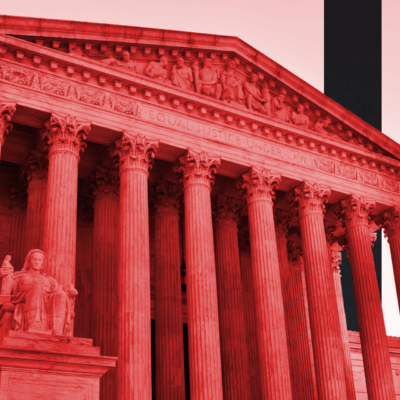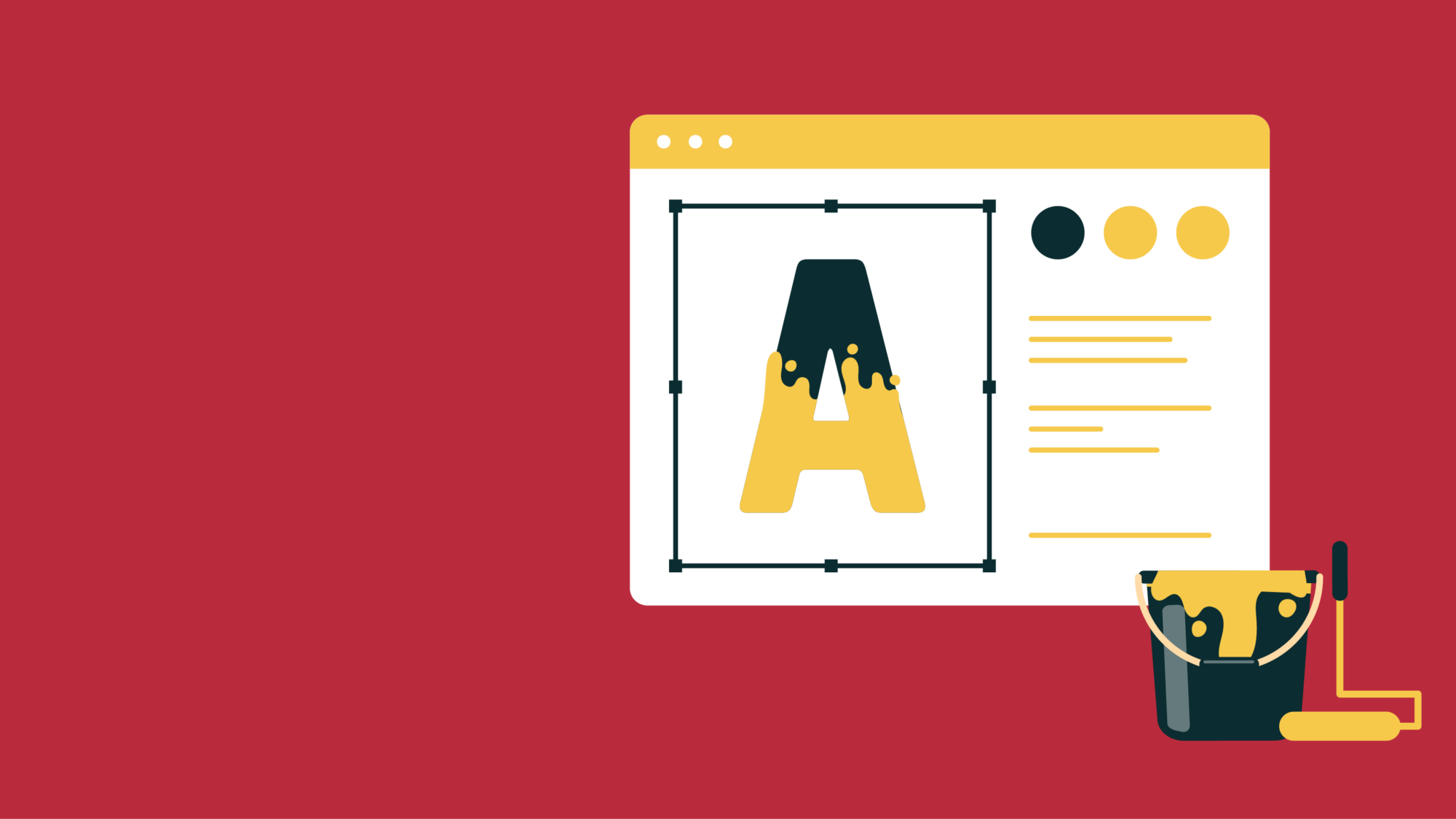When is the right time to consider redesigning your university’s logo?
Building and maintaining visual consistency over a long period of time is fundamental to developing a memorable brand identity. Take, for example, the likes of Apple, Coca Cola, or Amazon—their logos are easily recognizable and indelibly etched in our minds. For colleges and universities, the symbolism associated with the logo evokes an emotional connection, impacting students, the local community, potential employers, international audiences, alumni, and donors who have a strong bond with institutional legacy.
At Yes& Lipman Hearne, we frequently advise universities on whether to redesign their logo and to what extent. While a redesign can be exciting and signify change, it’s crucial to carefully consider if it’s necessary. The following scenarios can help you decide when to redesign, when to make minor tweaks, and when to leave well enough alone.
- Signaling Change: Planning a logo redesign is often part of a broader brand repositioning effort, such as a change in values or mission, a pivot in target audiences, a move from college to university status, or a desire to elevate (or overcome) reputation and perception. It can signify that the university is redefining itself and its aspirations and adapting to the evolving needs of its stakeholders. In these instances, a thorough logo redesign creates immediate visual impact and captures attention. It also invites stakeholders to explore the university’s new story, effectively communicating an important shift to every audience.
- DEI Updates: The importance of inclusivity and cultural sensitivity in logo design is often overlooked, but it is just as important as the copywriting and imagery used in marketing materials. A logo that is inclusive will resonate with audiences not only nationally, but internationally as well. Many universities increasingly attract students from all over the world and form global partnerships with peer institutions. Logo symbolism may need to be reevaluated under a broader, more global filter of interpretation.
- Accessibility Concerns: A logo that is overly complex or illustrative can be difficult to remember, let alone reproduce well. Older logos that were designed for print media often do not translate well to digital platforms. They can lack scalability and be too complex to be readable on screens. A logo that has stood the test of time and has positive recall may only require minor adjustments, such as typography or design elements, to make it much more functional across the digital landscape. Whether it’s a tweak or an overhaul, optimizing a logo for digital use is imperative today to build brand equity.
- Lack of Distinction: Naturally, with how digitally connected the world is today, everyone has access to every university logo out there in the “worldwide webisphere.” It’s not out of the realm of possibility that a logo may appear to borrow heavily from another institution. A redesign would establish a uniquely “owned” identity. Even if the institutions are not part of the same competitive landscape, a lack of distinction can cause brand confusion and a lack of credibility.
To Redesign or Not to Redesign
In some cases, the strengths of an existing logo outweigh the benefits of a new design. Prestige associated with institutional symbology is earned over time. If a university’s logo is already well-integrated into its brand identity, consistently applied across communications and marketing materials, highly functional on all platforms, and evokes positive connotations such as stability, credibility, and trustworthiness, it may be best to leave it as is.
On the other hand, it can be difficult to untangle the objective value of a logo from its emotional associations. Many institutions feel that a complete redesign can alienate loyal alumni and other stakeholders who have formed an emotional bond with the current logo, but redesigning a logo that holds deep historical and sentimental value can be accomplished with guidance, care, and clarity. In some cases, a modernized version that retains core elements can be highly effective. Change is an emotional process, but if there’s enough benefit to be had, that’s no reason to shy away from such an important endeavor. Gathering audience insights from surveys and focus groups can inform choices that are backed by evidence so as not to rely solely on assumptions.
In Conclusion
In the ever-evolving landscape of higher education, the decision to redesign your university’s logo requires a delicate balance between maintaining a strong brand identity and embracing the need for change. With key considerations to ponder, such as signaling important shifts, ensuring inclusivity and accessibility, and establishing a unique presence in a crowded digital landscape, the decision to redesign should always be guided by a thoughtful assessment of the institution’s current situation and future goals, rather than a mere desire for novelty. By carefully evaluating the need for change and the potential impact on stakeholders, universities can navigate the path toward a redesigned logo that not only captures attention but also embodies the essence of their evolving story. After all, a logo is not merely a symbol; it is a learned, visual representation of an institution’s values, aspirations, and commitment to its community.
SCOTUS dual decisions offers a critical opportunity for institutions to re-examine their messaging and marketing
.
The Supreme Court decisions on affirmative action and student debt relief have garnered a tremendous amount of press coverage, and …
: